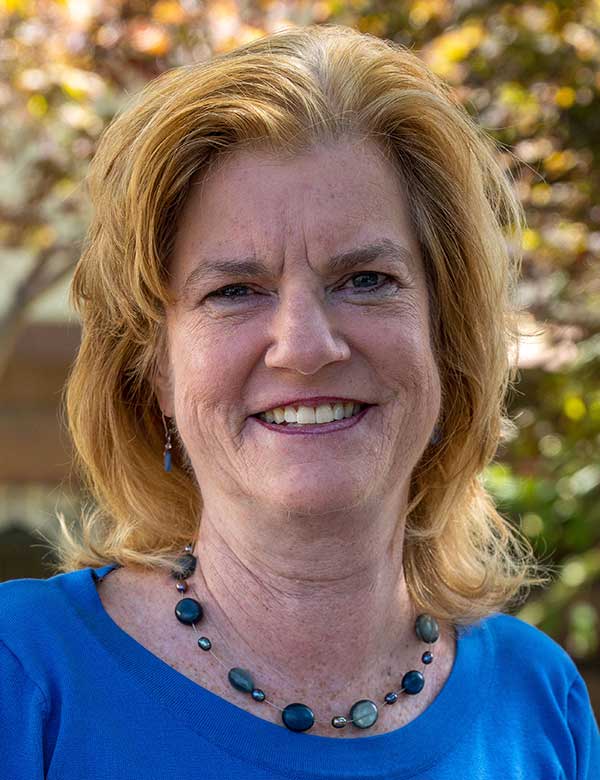About Gwynnae
In launching this 3rd chapter of my professional life, I noted that there has been a consistent thread that weaves throughout my other 2 careers – problem-solving. As a lawyer, clients would come to me with a legislative goal, and it was my job to identify their needs, research relevant laws, and draft appropriate language to achieve that goal. As a professional home organizer and business efficiency specialist, clients would tell me “what’s not working” in their home or office, and we would collaborate to find solutions that eliminated the inefficiencies or clutter. In all cases, my first step was to listen to the problem, as framed by the client. I then asked questions, sought out further information from various sources, and proposed ideas about what might work in any given situation. Through that process, I would apply my experience and call upon resources that I had developed – whether institutional, human, or academic.

What’s a Second Brain?
Remember the Calvin and Hobbes cartoon where Calvin built a transmogrifier out of a cardboard box? He and Hobbes would step inside, turn the dial, and magically turn into something new and different. Now imagine taking whatever problem is confounding you and putting it into the box. You flip the switch and something less chaotic emerges. A Second Brain is like that box, except that it’s not magic that gets you to a solution, but collaborative problem-solving. You start with a chaotic brain “on fire” and end with a cooler, thoughtful outcome.
